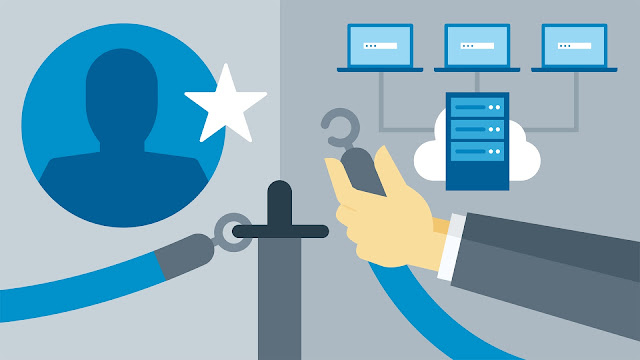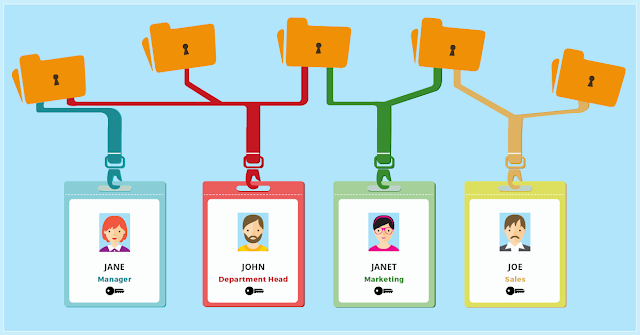Privileged Access Management

"Credential checking" is one of the most basic requirements of an enterprise security program, but it is also one of the most critical. But despite this, many organizations struggle to manage user access across multiple channels such as desktop, mobile, or cloud. In fact, most of today's data breaches have to do with weak, default, or stolen passwords. Targeted threats are becoming more sophisticated and continue to grow. Businesses must protect their information, an increasingly complicated task in a more complex and distributed IT environment. Most of the gaps have one thing in common: attacks occur by obtaining passwords, which are often hacked and used to gain access to privileged accounts. The problem is that this unauthorized access may go undetected for months, allowing criminals to obtain all of the company's information. The reality is that many IT users do not have adequate knowledge of how privileged accounts work, as well as the risks associat

